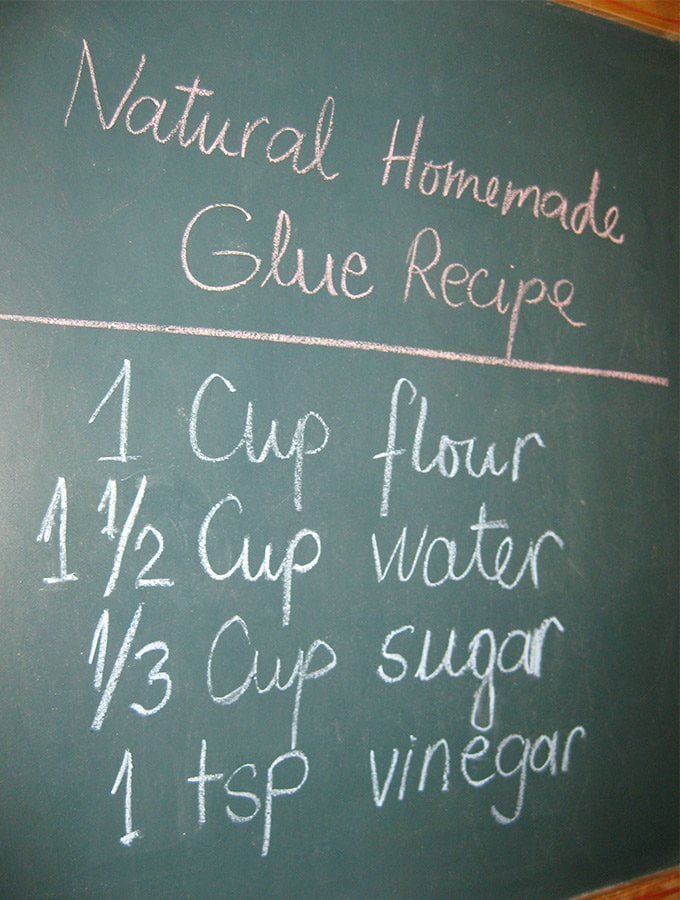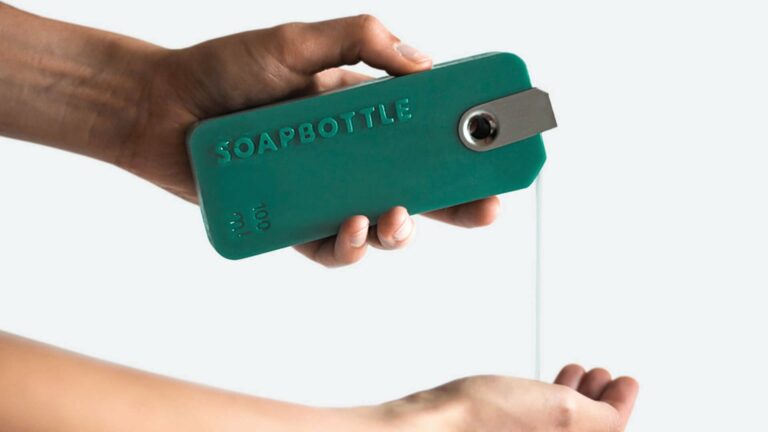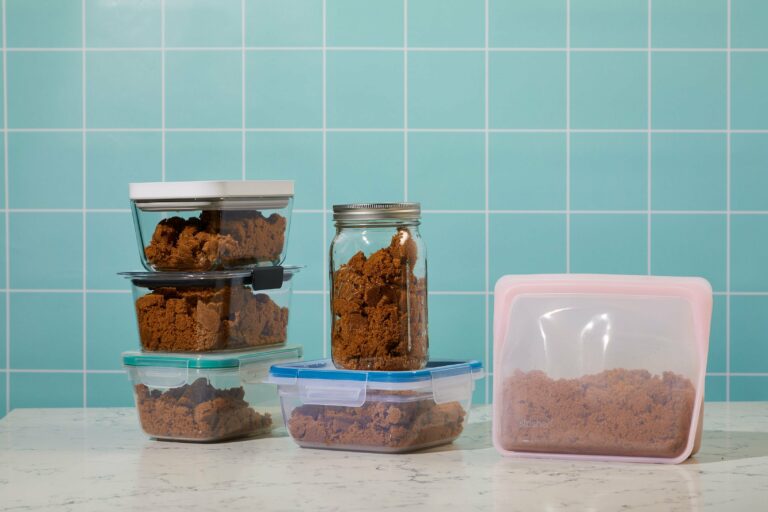Simple Steps: How To Make Eco-Friendly Glue
Today we discuss How To Make Eco-Friendly Glue. Look no further! In this article, we’ll guide you on how to make eco-friendly glue using simple, everyday ingredients. It’s a quick and easy solution for all your bonding needs, while also helping to reduce your impact on the environment.
From household crafts to DIY projects, this eco-friendly glue will hold it all together without any harmful chemicals. So, grab your ingredients and let’s dive into how to make eco-friendly glue that’s safe for you and the planet.
How to Make Eco-Friendly Glue:
Creating your own eco-friendly glue is a sustainable way to reduce your carbon footprint and avoid harmful chemicals found in traditional glues. Making this glue from natural ingredients ensures your crafting projects are environmentally friendly. This article will help you make an effective and sustainable adhesive solution.
Understanding Eco-Friendly Glue:
To start off, let’s explore what exactly eco-friendly glue is and why it’s important.
What is Eco-Friendly Glue?
Eco-friendly glue, also known as natural adhesive, is a type of adhesive that is made from non-toxic and sustainable materials.
Unlike conventional glues, eco-friendly glues do not contain harmful chemicals such as volatile organic compounds (VOCs) or formaldehyde. Instead, they utilize natural ingredients that are safe for both the environment and human health.
The Importance of Eco-Friendly Glue
Using eco-friendly glue has numerous benefits for both individuals and the environment. Some of the key reasons to opt for eco-friendly glue include:
- Reduced exposure to toxic chemicals
- Minimized environmental impact
- Support for sustainable practices
- Healthier working and crafting environments
- Contributing to a greener future
Natural Ingredients for Making Glue:
Now that we understand the importance of eco-friendly glue, let’s explore the natural ingredients you can use to create your own adhesive solution.
1. Flour and Water:
Flour and water are common household ingredients that can be used to make a simple and biodegradable glue. This mixture creates a paste-like consistency suitable for various crafting projects.
2. Cornstarch and Water:
Another easy-to-make glue can be created by combining cornstarch and water. This natural glue is perfect for paper crafts and other lightweight applications.
3. Gelatin:
Gelatin, derived from animal bones and connective tissues, can be used as a non-toxic adhesive. It is particularly useful for bonding porous materials such as fabric or paper.
4. Plant-Based Milk:
Plant-based milk, such as soy or almond milk, can also serve as a natural glue substitute. The proteins in these milks create an adhesive texture, making them ideal for kid-friendly projects.
Recipes for Homemade Eco-Friendly Glue:
In this section, we will provide you with step-by-step recipes for making eco-friendly glue using the natural ingredients mentioned earlier.
Recipe 1: Flour and Water Glue
Ingredients:
- 1/4 cup flour
- 1/4 cup water
Instructions:
- In a small bowl, mix the flour and water together until they form a smooth paste.
- Ensure there are no lumps in the mixture.
- Your eco-friendly glue is ready to use!
Recipe 2: Cornstarch and Water Glue
Ingredients:
- 2 tablespoons cornstarch
- 1 tablespoon water
Instructions:
- In a saucepan, combine the cornstarch and water.
- Cook over low heat, stirring constantly, until the mixture thickens to a glue-like consistency.
- Allow the glue to cool before using.
Recipe 3: Gelatin Glue
Ingredients:
- 1 tablespoon unflavored gelatin
- 1/2 cup water
Instructions:
- In a small saucepan, combine the gelatin and water.
- Heat the mixture over low heat, stirring until the gelatin dissolves completely.
- Remove from heat and let the glue cool down.
- Your gelatin glue is now ready to use.
Recipe 4: Plant-Based Milk Glue
Ingredients:
- Plant-based milk (e.g., soy milk, almond milk)
Instructions:
- Pour a small amount of plant-based milk into a container.
- Allow the milk to sit for a few hours until it curdles.
- Strain the curdled milk using a cheesecloth or fine strainer to separate the liquid from the solids.
- Your plant-based milk glue is now ready to use.
Best Practices for Using Eco-Friendly Glue:
While making your own eco-friendly glue is a great step towards sustainability, it’s essential to follow best practices when using it. Here are some tips to maximize the effectiveness of your eco-friendly glue:
1. Test Before Use
Before applying the glue to your project, it’s advisable to test it on a small, inconspicuous area. This ensures that the glue works as intended and does not damage or stain the material.
2. Apply in Thin Layers
Using a thin layer of glue provides sufficient adhesion while minimizing excess waste. Apply the glue sparingly and evenly for the best results.
3. Allow Sufficient Drying Time
Eco-friendly glues may take a bit longer to dry compared to their conventional counterparts. Allow ample drying time to ensure a strong bond between the materials.
4. Store Properly
To prolong the shelf life of your homemade glue, store it in an airtight container in a cool and dry place away from direct sunlight.
Benefits of Using Eco-Friendly Glue:
Using eco-friendly glue offers a range of benefits beyond reducing your environmental impact. Let’s dive into some of the advantages of incorporating eco-friendly glue into your crafting endeavors:
1. Non-Toxic and Safe
Eco-friendly glues eliminate the exposure to harmful chemicals found in traditional adhesives, making them safer for both you and the environment.
2. Eco-Conscious Crafting
By using eco-friendly glue, you contribute to a more sustainable world by reducing waste and pollution associated with traditional glues.
3. Versatility
Eco-friendly glues can be used for various crafting projects, from paper crafts to fabric applications. Their versatility allows you to explore a wide range of creative possibilities.
4. Kid-Friendly
Since eco-friendly glues are non-toxic, they are safe for children to use. Engaging in eco-conscious crafting activities with kids teaches them about sustainability and reduces their exposure to harmful chemicals.
DIY Homemade Glue | Non -Toxic & Eco Friendly Glue Recipe 🌿
Faqs for How To Make Eco-Friendly Glue:
Making eco-friendly glue has several benefits for both the environment and the individual using it. Eco-friendly glue is typically made from natural ingredients, reducing the reliance on chemical-based adhesives. It is biodegradable, which means it breaks down more easily in the environment. Additionally, eco-friendly glue is often odorless and non-toxic, making it safer to use, especially for those with allergies or sensitivities.
Various natural ingredients can be used to make eco-friendly glue, including plant-based materials such as vegetable starch, flour, sugar, or agar-agar. Other options include using ingredients like vinegar and baking soda or even milk proteins like casein. These natural substances can be mixed with water to create a paste or adhesive with adhesive properties.
One simple way to make eco-friendly glue from household items is by mixing equal parts of flour and water until a smooth paste is formed. Another method is to mix white vinegar with baking soda to create a foamy paste. These homemade adhesive mixtures can be applied with a brush or a spatula to bond different materials together.
Sure! To make eco-friendly glue using milk, you will need the following ingredients:
1 cup of milk
2 tablespoons of white vinegar
1 tablespoon of baking soda
First, mix the milk and vinegar together and let it sit for about 10 minutes. Then, slowly add the baking soda and stir until the mixture thickens. Apply the glue to your desired surface and let it dry. This milk-based glue is an effective and environmentally friendly adhesive option.
Eco-friendly glue can be as strong as traditional glue, depending on the specific application and materials being bonded. While it may not have the same strength for heavy-duty applications, eco-friendly glue is effective for many everyday tasks, such as paper crafts, light woodworking, and general household repairs. It is always recommended to test the glue on a small area to ensure it meets your requirements before using it on larger projects.
Eco-friendly glue can be found in various retail stores specializing in environmentally friendly products, such as eco-friendly supply stores or online marketplaces. Additionally, many DIY recipes for eco-friendly glue can be found online, allowing you to make your own homemade adhesive using natural and readily available ingredients at home.
Final Thoughts
making eco-friendly glue is a simple and cost-effective way to contribute to a sustainable environment. By using natural ingredients such as flour, water, and vinegar, it is possible to create a non-toxic adhesive that is both effective and safe for the planet. By following the step-by-step instructions provided in this article, anyone can easily produce their own eco-friendly glue at home. By choosing to make eco-friendly glue, we can reduce our reliance on harmful chemicals and plastics, and make a positive impact on the environment. So let’s start making eco-friendly glue today and contribute towards a greener future.



